What’s cooler than an FPV drone? An FPV drone with a cinema camera on it! Imagine a RED or even an ALEXA camera on that drone. Does it look impossible? Not for Catalyst Machineworks which develops FPV drones for cinema applications to let you get those epic aerial shots you dreamed of. Read on about the next hot trend in the film industry. (Featured image by Beverly Hills Aerials).
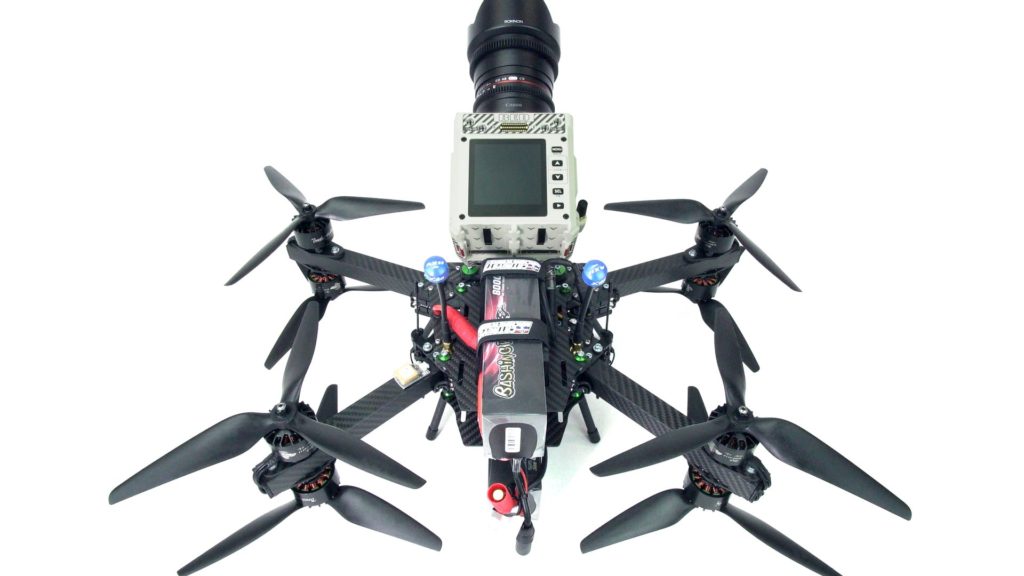
FPV drones in cinema applications
At the start, FPV (First Person View) drones were designed for racing purposes as a small radio-controlled aircraft or quadcopter, equipped with the camera while the pilot wears head-mounted displays (mainly goggles ) showing the live stream camera feed from the drones. The goal is to complete a set course as quickly as possible. Those drones are very compact and light to be able to carry the tiny camera and nothing else. However, the FPV drones’ main advantages are their speed and maneuverability, which are far superior compared to “conventional” drones. Thus, the potential of these micro-drones’ capabilities, was instantly recognized by cinema enthusiasts. The concept led to developing more powerful FPV drones specified for cinema applications. Now, this is a pretty significant challenge, since cinema cameras are far heavier and expensive than an FPV camera, which means, a totally different engineering approach is needed.
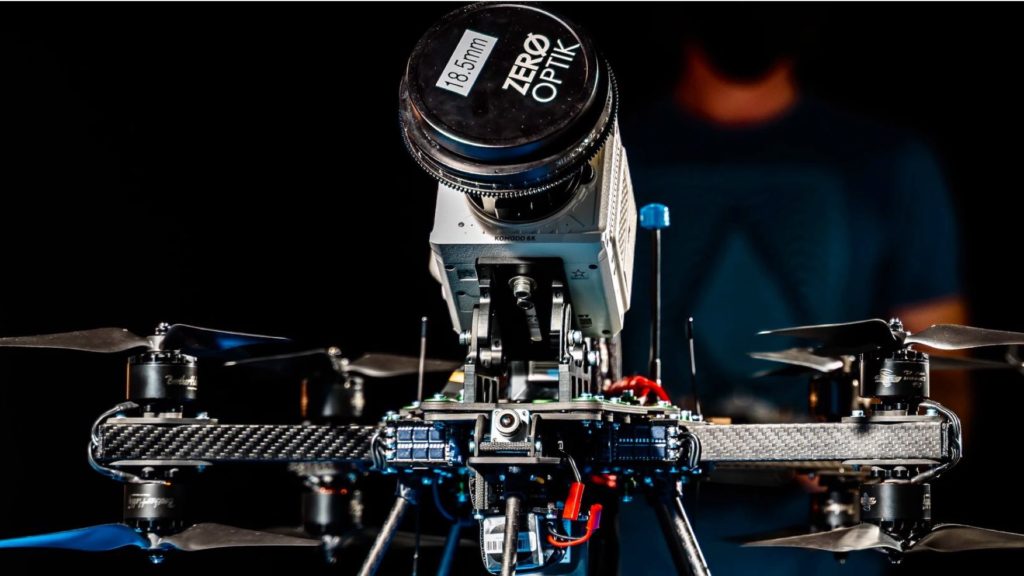
Cinema camera on an FPV drone
A few months ago, we wrote an article about a racing video shot on RED Komodo mounted on an FPV drone built by Ross Beck. Ross has designed this race FPV drone from the ground up. The drone was able to get impossible high-speed cinematic shots of the race. Read the article: RED Komodo Flying at 100 MPH on FPV Drone Shooting Race Cars. If I’m not mistaken, this was the first time a cinema camera was mounted on a racing FPV drone. Check out the video below:
FPV advantages – and disadvantages
The advantages of FPV drones over regular drones are obvious: FPV drones are faster (cruising speed – 100 MPH), have much higher maneuverability, operated by a sole operator, have smaller form factor, own better control via FPV goggles, and cheaper (depends on model). However, there are disadvantages compared to regular drones, like lower abilities to carry heavier cameras and cinema lenses, and the sole operation which means that you don’t control the camera. In FPV drones, the camera is locked in a constant and fixed position without the privilege of panning and tilting.
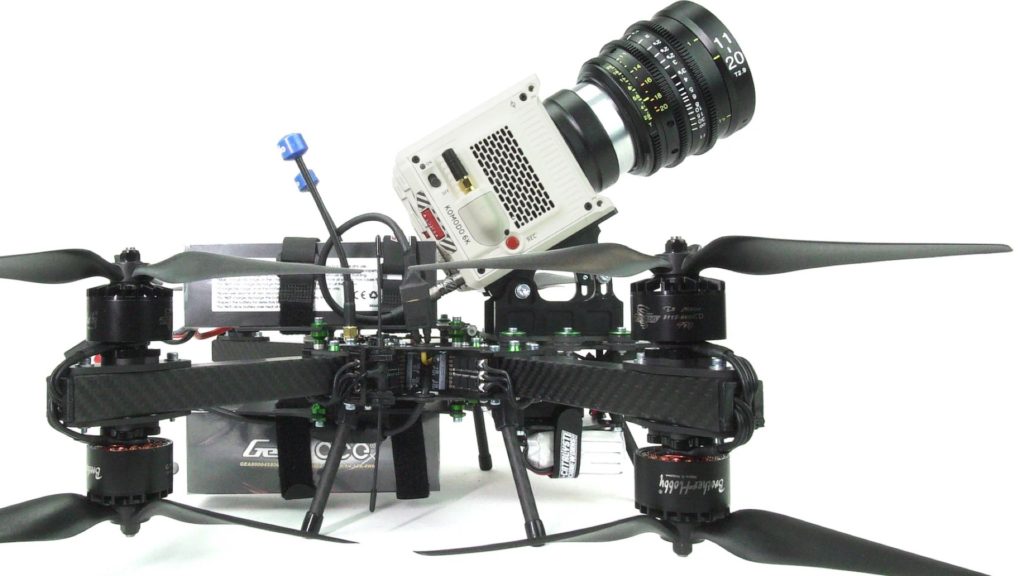
Off-the-shelf FPV cinematic drones
Until now, the only way to fly a cinema camera on an FPV drone was designing and building it from scratch. Luckily, as this trend is taking off, there are companies that offer a ready to fly drones. One of those pioneer companies is Catalyst Machineworks, which offers its Money-Shot FPV drones that are capable to carry a cinema camera on them. Those drones are characterized by a carbon body and a shock resisted apparatus to prevent the noticeable jello-effect. Although there is no electric stabilizer system mounted on those drones (compared to regular drones), the vibrations caused by the propellors are absorbed by the mechanical and very simple shock-resistant apparatus which leads to buttery smooth footage. Take a look at the video below which demonstrates one of Catalyst Machineworks models, the Money Shot Mini design and concept.
Now, check out the video below which shows the same drone flying the RED Komodo:
So, how much?
The FPV drone that we saw flying the Komodo is called Money Shot Mini, which is the smallest in the series. Here’re some highlights:
- Dedicated for cameras like Red Komodo, Zcam, Black Magic Pocket 6K, GH5, or similar
- Capable of extremely agile maneuvers not possible with traditional heavy lift drone/gimbal systems.
- High voltage power system produces a max of 62 LBS of thrust
- Max suggested payload (camera/lens) of 5 LBS
- Top speed of 99+ MPH ***FAA approval required past 99mph***
- Flight time up to 8 minutes
- Crystal clear 720P HD FPV system
- Robust landing gear design
- GPS installed
- OSD (on-screen display) info: flight pack single cell voltage, craft name, total GPS satellites found, GPS coordinates, craft speed, and craft distance from home
- Price: $4,700 (camera not included).
In case you’d like to fly a heavier camera (RED DSMC2, ALEXA Mini, etc), there are other options like the Money Shot X8 which are bigger and with a higher price tag ($11,000). Check out the picture below of this model. You can check out the Catalyst Machineworks website for more info.
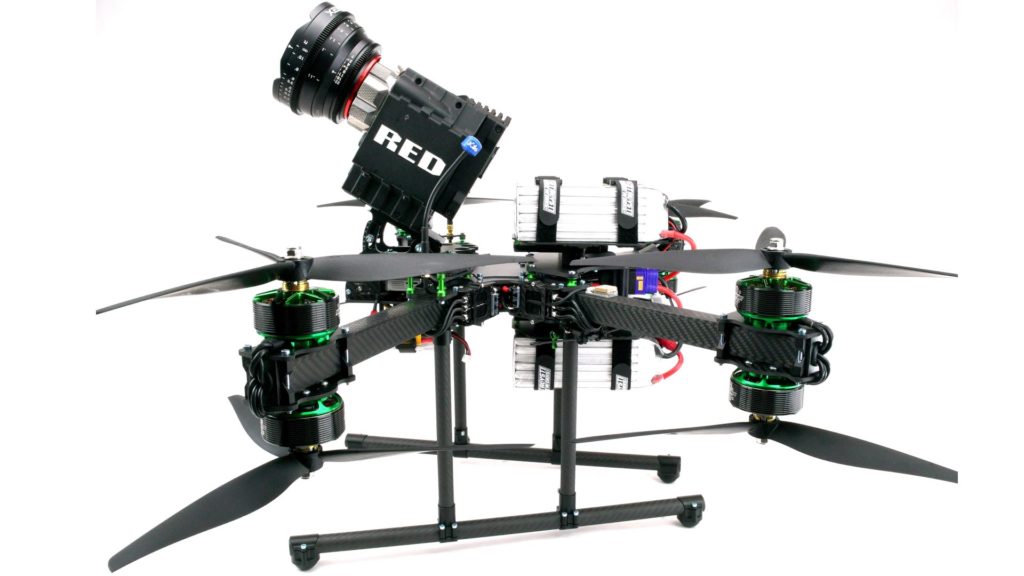
Final insights
As explained, FPV cinematic drones have some valid advantages. But be advice before you throw your cinema camera on an FPV drone, you must accumulate some vast knowledge and expertise on flying them because crashing is not an option. These are high-speed flying machines that carry an expensive piece of gear. Do not be hasty when approaching this field. Nevertheless, I expect FPV cinematic drones to be the next big trend, even on high-end productions, due to their ability to get the shots that were impossible before.

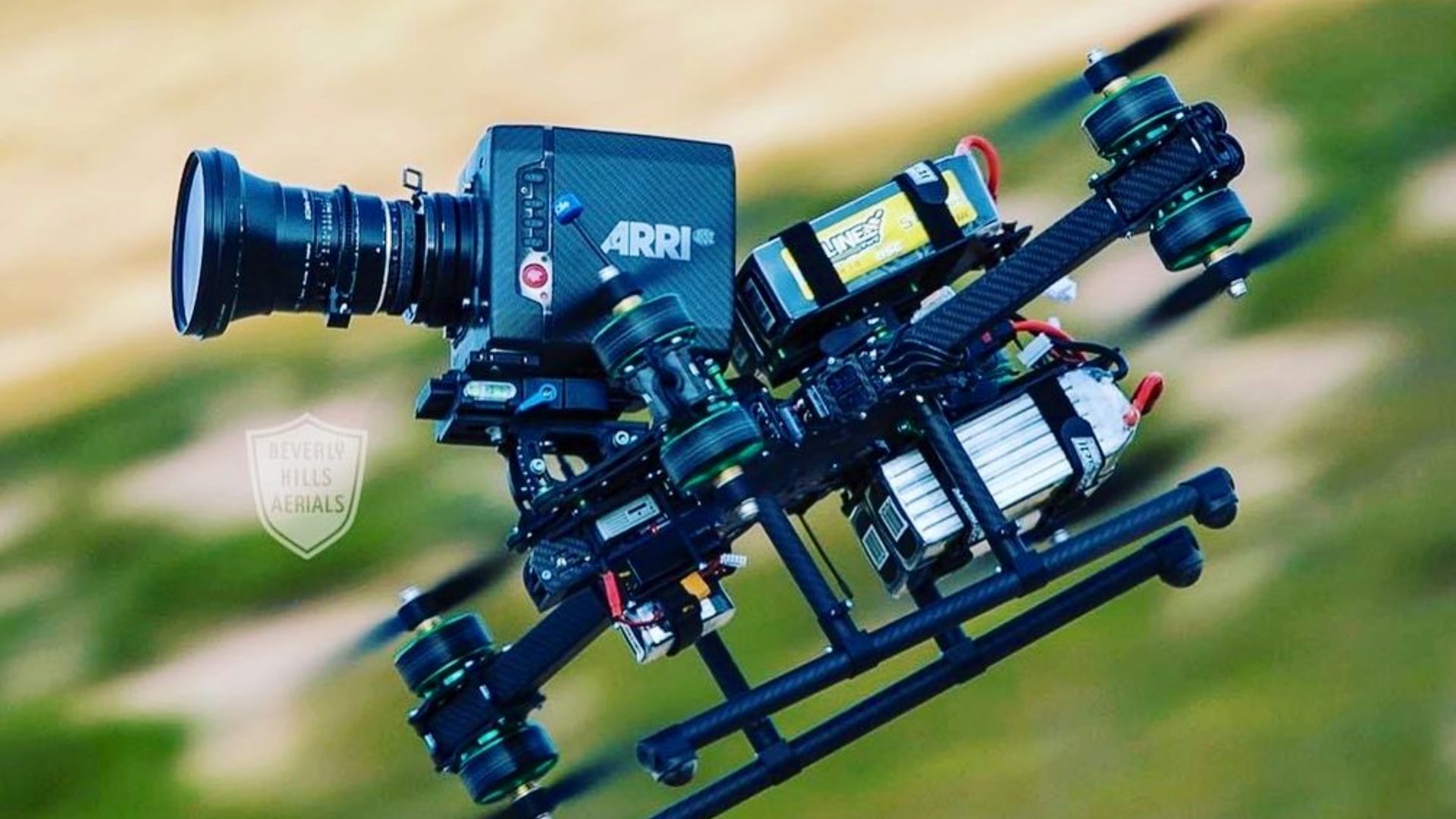

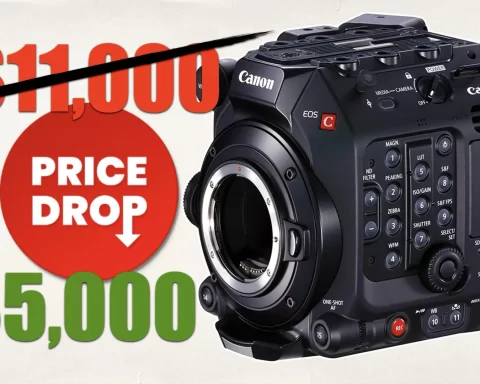
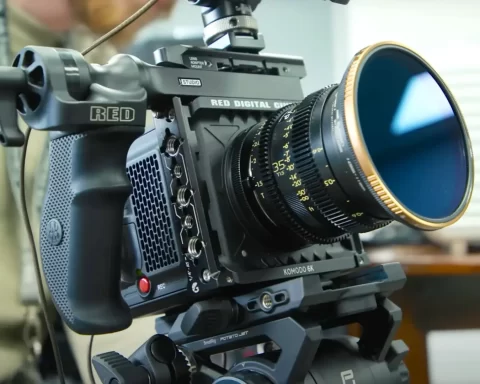
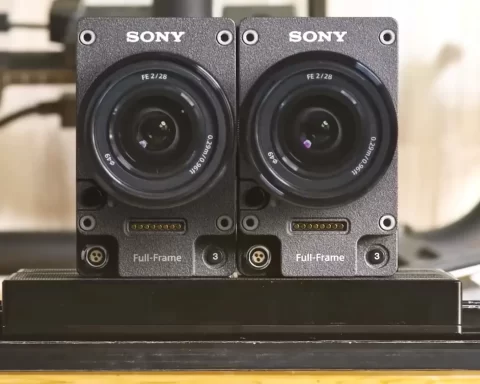
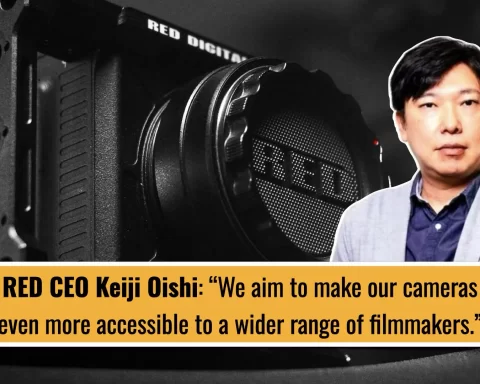
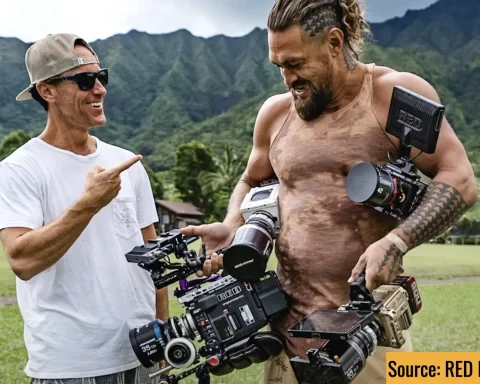

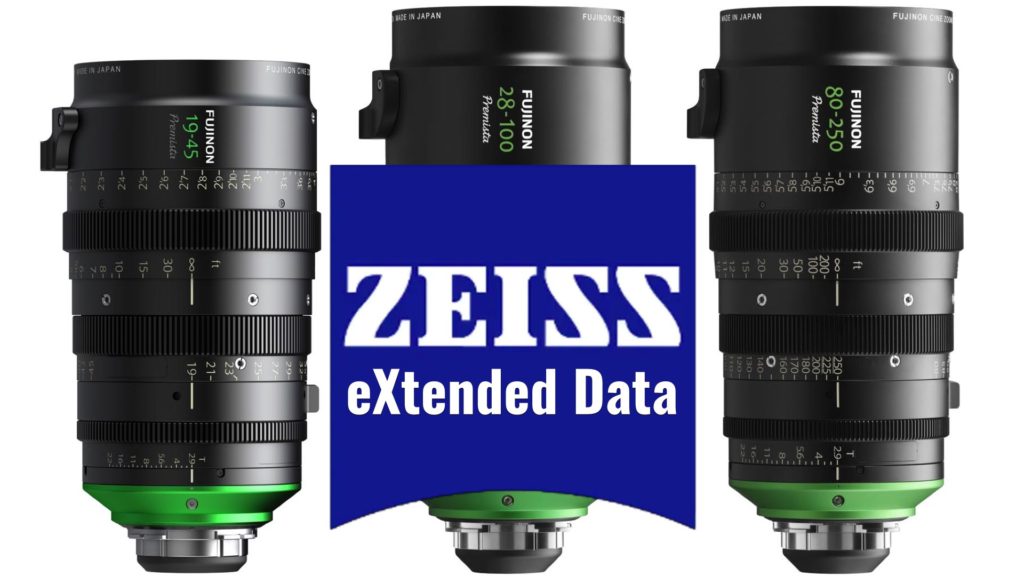
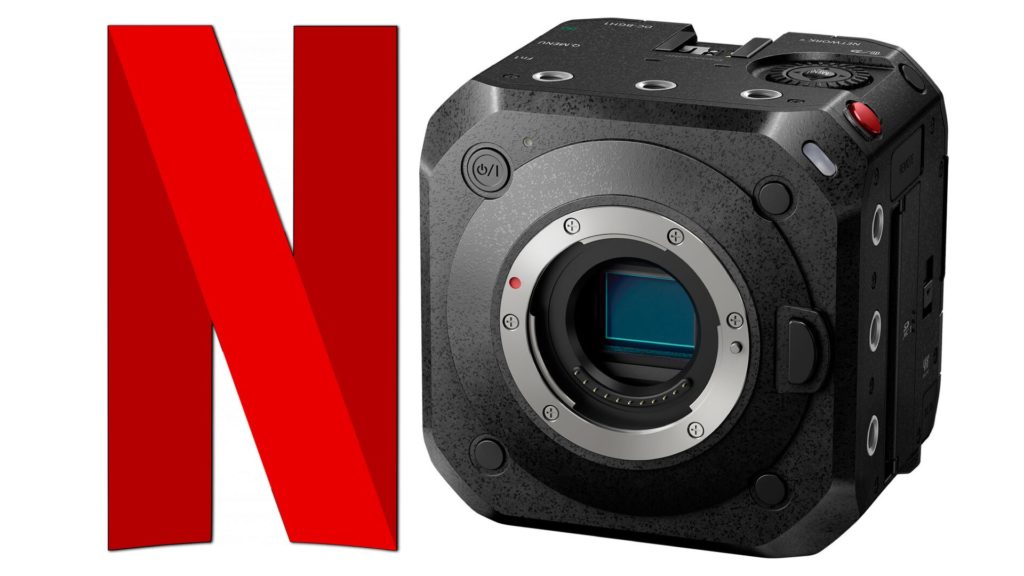

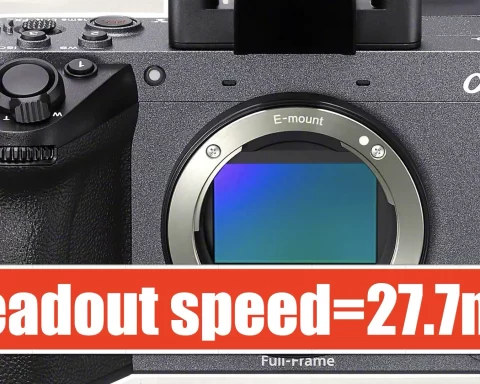



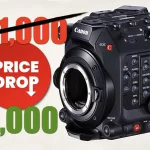
Ah…. there 12 years ago. if not today we have a real camera, a tilt, roll, a long focal length … in short, why go back? Damien-vicart !!!!
I have used HEQ’s SWAN K1 series pro drones with FPV glasses. I think SWAN K1 PRO is very suitable for beginners like me. It is easy to assemble, easy to take off, and stable to fly.Recommend:
https://store.hequavtech.com/